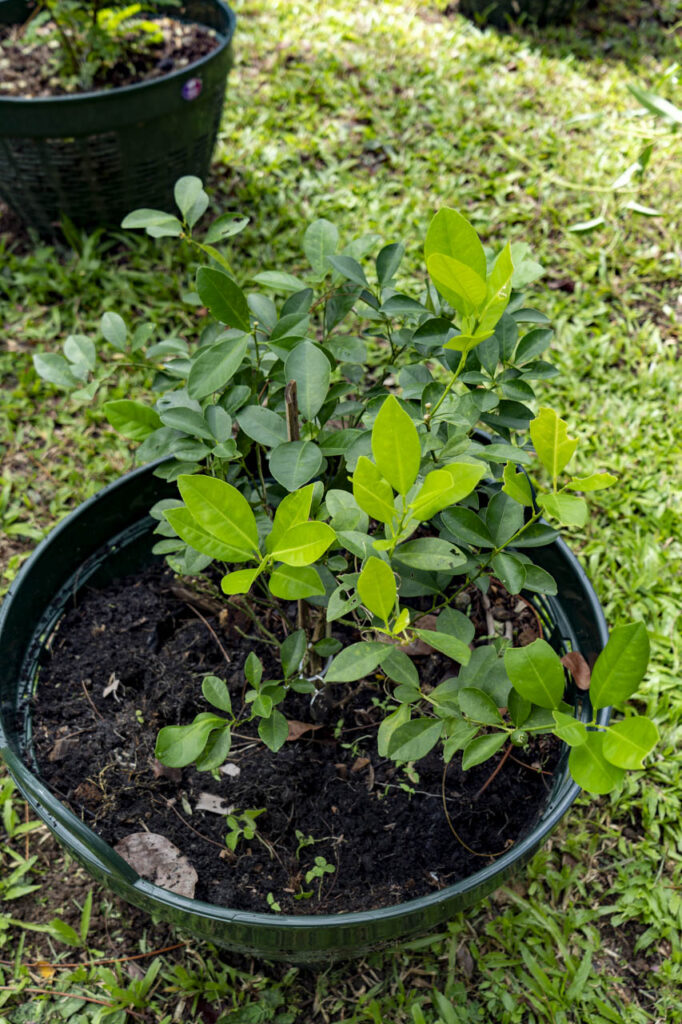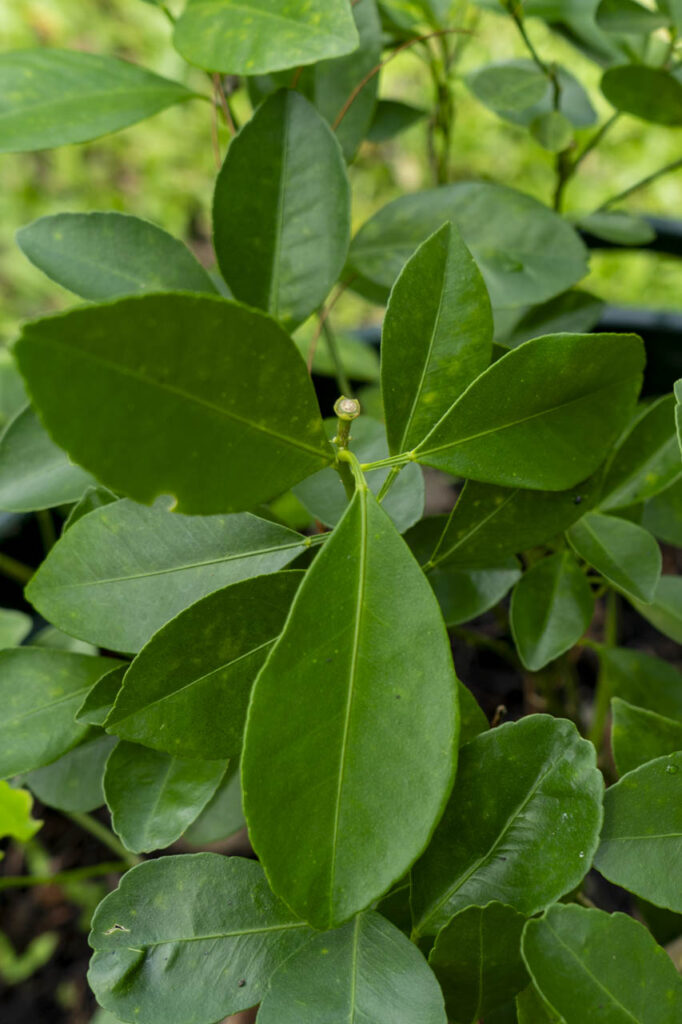Wild Camphor Tree, 004
Cinnamomum porrectum, commonly known as the Wild Camphor Tree,
The Wild Camphor Tree, is part of Thailand’s long-standing medicinal plant tradition. Locally called การบูรป่า, this plant is prized for its aromatic leaves and bark, used to ease muscle pain, reduce inflammation, and promote respiratory health. While less famous than commercial camphor, Wild Camphor has been quietly supporting Thai village medicine for centuries.
Frequently Asked Questions:
What is Cinnamomum porrectum used for in Thai Traditional Medicine?
It is used to relieve muscle pain, reduce inflammation, treat fever, and as a natural respiratory aid through its aromatic properties.How is Cinnamomum porrectum prepared?
Leaves or bark are boiled for steam inhalation, infused as a tea, or ground into herbal balms.Are there any side effects or precautions?
It should be used in moderation. High doses of camphor-related compounds can be toxic.Where does Cinnamomum porrectum grow naturally?
It grows in tropical forests across Thailand and Southeast Asia.
Medicinal Uses in Thai Traditional Medicine:
Muscle pain relief
Anti-inflammatory treatment
Fever reduction
Respiratory support
Skin care applications (balms, oils)
Preparation Methods:
Steam inhalation from boiled leaves or bark
Herbal balm production
Infusion as herbal tea
Historical Context:
Wild Camphor Tree appears in old Thai village medicine manuscripts and temple records as a trusted remedy for body aches and fever. It has been used both as a home treatment and as part of temple medicine collections, especially in Northern Thailand. Some villagers would keep a small Wild Camphor tree in their garden specifically for these purposes.
Health Benefits / Therapeutic Actions (Functional Tags):
muscle pain relief, anti-inflammatory, fever relief, respiratory support, skin care, stimulant herb
Botanical Details:
Latin Name: Cinnamomum porrectum
Common English Name: Wild Camphor Tree
Thai Name: การบูรป่า
Family: Lauraceae
Synonyms (Botanical): Cinnamomum iners Reinw. ex Blume
Plant Type/Habit: Small tree, evergreen
Parts Used Medicinally: Leaves, bark
Flowering/Fruiting Season: Irregular; varies by region
Native Range/Distribution: Thailand, Southeast Asia
Growing Conditions: Tropical forest conditions, partial shade
Key Bioactive Compounds:
Camphor: Volatile compound known for pain relief and respiratory benefits
Cinnamaldehyde: Aromatic compound contributing to antimicrobial effects
Pharmacological Actions:
Anti-inflammatory: Reduces muscle and joint inflammation
Analgesic: Eases minor body aches and pains
Respiratory stimulant: Supports clearer breathing through aromatic oils
Antimicrobial: Protects against minor skin infections when used topically
Contraindications/Precautions/Side Effects:
Camphor-containing plants can be toxic if ingested in large quantities
Use externally or as inhalation in recommended amounts only
Relevant Scientific Studies/References:
Zhang, W., et al. (2015). Volatile components of Cinnamomum species and their pharmacological properties. Journal of Ethnopharmacology.
Perry, L. M. (1980). Medicinal Plants of East and Southeast Asia. MIT Press.
Disclaimer:
We have created this garden to share the story and cultural history of Thai Traditional Medicine through the ages, from past to present. The information provided here is for educational purposes only. It is not intended as medical advice. Always consult a qualified healthcare professional regarding any health concerns or treatment decisions.


